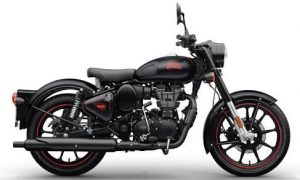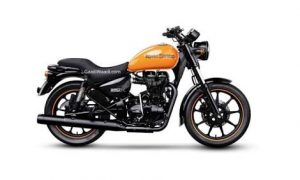To regulate the pollution emissions from vehicles the Government of India abides by the rules of the Bharat Stage Emission Standards (BSES). So following these standards the Government of India has ordered that the BS4 norms that came into effect in 2017 will now be replaced by the stricter BS6 emission norms from 1st April 2020.
Due to these rules, all car-manufacturers be it Maruti, Honda, Toyota, Kia Motors, Hyundai, or others, everyone is updating and manufacturing their new models with an engine that complies with the BS6 norms.
The Korean Automaker, Hyundai too has launched a new third-gen i10 called the Grand i10 NIOS which has a BS6 Compliant engine
The 1.2L petrol/ Diesel engine which was launched in August 2019, was the first car to adhere to the BS6 emission standards. The major difference between the Hyundai i10 BS4 and BS6 engines was the pollution emission limit.
In a BS4 compliant petrol engine, the capacity was 80mg/km of Nox(Nitrogen oxides) whereas the BS6 compliant petrol engines emit no more than 60mg/km of NO.
From BS4 to BS6 diesel engines NOx emissions will go down from 250mg/km to 80mg/km, HC+NOx emissions from 300mg/km to 170mg/km, and PM emissions from 25mg/km to 4.5mg/km.
Another minor difference was efficiency and performance. Cars that can breathe at ease in the air and expel exhaust gases freely are more efficient. But a BS6 engine will restrict its breathing to reduce the expelling of exhaust gases, which will lead to a minor reduction in performance and fuel efficiency.
















